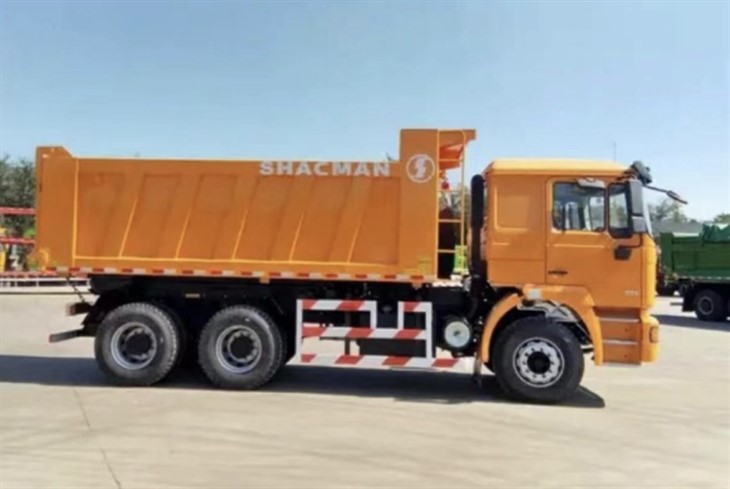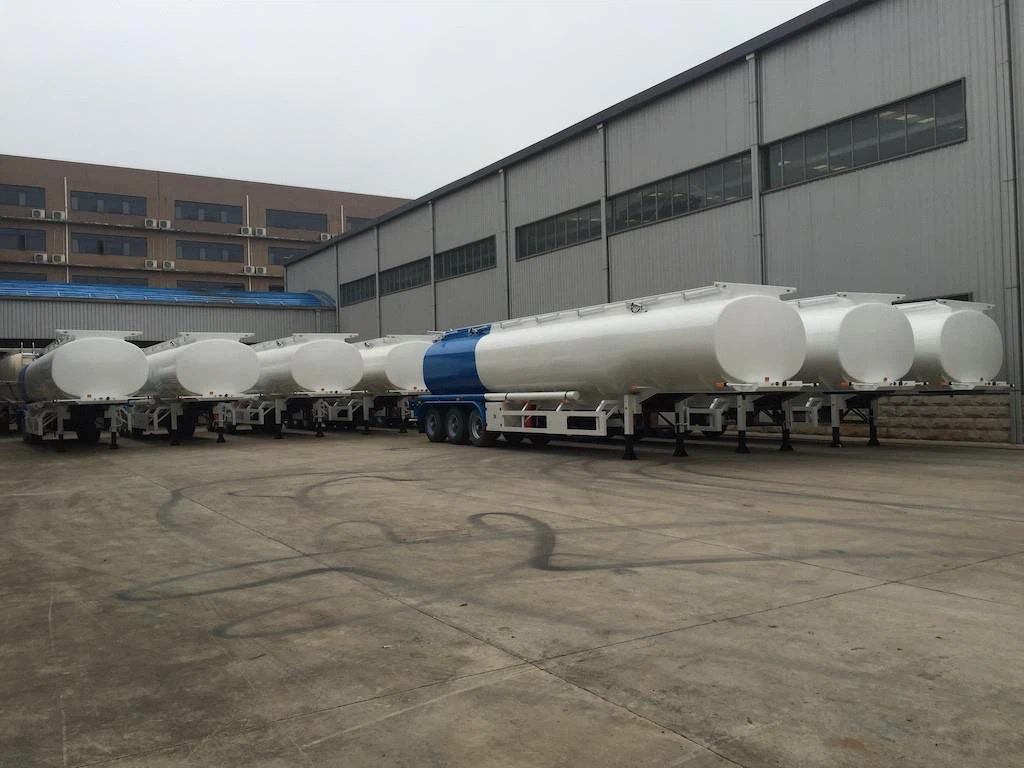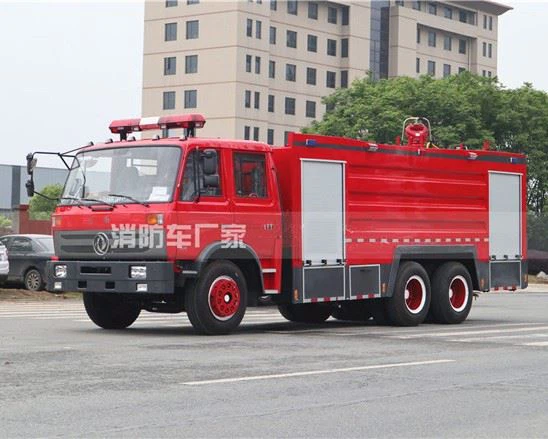Cascade Trash Cans: The Ultimate Guide to Waste Management Solutions

Introduction
Cascade trash cans are an innovative and efficient way to manage waste in both residential and commercial spaces. With their unique design, these trash cans allow for easy access, optimal space utilization, and enhanced sustainability practices. In this comprehensive guide, we will explore the various aspects of cascade trash cans, including their benefits, features, types, installation tips, and maintenance practices. Whether you are a homeowner, business owner, or simply looking to improve your waste management system, this article provides all the information you need.
What Are Cascade Trash Cans?
Cascade trash cans refer to a series of interconnected waste bins designed to create a cascading effect when filled. This design streamlines waste disposal, making it easier to sort recyclable materials, compost, and general waste. Typically made from durable materials, cascade trash cans come in various sizes and colors, making them suitable for different environments.
Key Features of Cascade Trash Cans
- Interconnected design enhances sorting efficiency.
- Various sizes cater to different waste volumes.
- Durable materials withstand wear and tear.
- Color-coded options for easy recycling.
Benefits of Cascade Trash Cans
Using cascade trash cans can positively affect your waste management practices. Here are some key benefits:
1. Improved Waste Sorting
The interconnected design encourages users to sort waste according to type. This leads to better recycling rates and reduced landfill contributions.
2. Space Saving
Cascade trash cans are designed to occupy minimal floor space while maximizing storage for different waste streams. This is especially beneficial for small offices or homes with limited space.
3. Enhanced Aesthetics
Available in multiple colors and designs, these trash cans can enhance the visual appeal of your space. Businesses can even customize them to reflect their branding.
4. Increased Compliance
Many municipalities require proper waste sorting and disposal. Using cascade trash cans helps individuals and businesses comply with local regulations.
Types of Cascade Trash Cans
Cascade trash cans come in various types to cater to different environments and needs. Here are some of the most popular ones:
1. Residential Cascade Trash Cans
These are typically smaller and designed for home use. They often feature compartments for recyclables, compost, and general waste.
2. Commercial Cascade Trash Cans
Bigger and more durable, commercial models can handle larger volumes and are often found in offices, restaurants, and public spaces.
3. Outdoor Cascade Trash Cans
Built to withstand weather elements, these trash cans are perfect for parks, streets, and outdoor venues.
4. Specialized Cascade Trash Cans
Some cascade trash cans are designed for specific needs, such as food waste or hazardous materials. These are usually used in settings like hospitals or food processing plants.

How to Choose the Right Cascade Trash Can
Selecting the appropriate cascade trash can depends on various factors. Consider the following:
1. Space Available
Measure the area where you plan to place the trash can. Ensure you select a size that fits comfortably.
2. Waste Types
Identify the types of waste you often dispose of. Choose a model that offers specific compartments for each waste type.
3. Aesthetic Considerations
Pick a color and design that complements your home or business’s decor.
4. Durability
Consider the material of the trash can, especially for outdoor or commercial settings where they’ll be exposed to the elements.
Installation and Setup
Setting up cascade trash cans is straightforward. Here are some tips to guide you:
1. Choose a Suitable Location
Place the cans in accessible locations, encouraging users to dispose of their waste properly.
2. Label Clearly
Use clear labels to indicate which compartment is for recyclables, compost, and general waste. Visual cues can significantly enhance sorting efficiency.
3. Arrange for Regular Collection
Coordinate with your local waste management service for regular collection to prevent overflow and build-up of waste.
4. Educate Waste Users
Educate those who will use the trash cans about the importance of proper waste disposal and recycling. Consider providing brochures or hosting a brief seminar.

Maintenance Tips for Cascade Trash Cans
Keeping your cascade trash cans clean and well-maintained is essential for hygiene and functionality. Here are some maintenance tips:
1. Regular Cleaning
Clean the trash cans with mild soap and water at least once a month, or more often if they get dirty.
2. Check for Damage
Inspect the cans regularly for any signs of wear and tear. Promptly replace or repair any damaged components.
3. Ensure Proper Bagging
Use high-quality trash bags that fit securely in each compartment to avoid spills and leaks.
Cascade Trash Cans for Sustainability
As environmental concerns rise, utilizing cascade trash cans aids in sustainable practices. Here’s how:
1. Encouraging Recycling
Having designated compartments encourages users to recycle more, leading to reduced waste going to landfills.
2. Composting Switch
Cascade trash cans can include dedicated spaces for composting, helping to decrease organic waste.
3. Reduce Contamination
By clearly marking waste types, users can avoid contaminating recyclables with non-recyclable waste, further enhancing recycling efficiency.
Cost Considerations
Investing in cascade trash cans involves an upfront cost, but their long-term benefits can counterbalance the expense.
1. Initial Purchase Price
The price of cascade trash cans varies based on size, material, and complexity. Typically, expect to pay between $50 and $500, depending on the selected features.
2. Maintenance Costs
Consider ongoing maintenance costs such as cleaning supplies, replacements, and waste collection fees over time.
3. Savings from Recycling
Many municipalities offer incentives for recycling, allowing businesses and homes to save money as waste disposal fees decrease.
Practical Examples of Using Cascade Trash Cans

Here are practical examples of where cascade trash cans excel in different environments:
1. Office Spaces
In an office setting, placing cascade trash cans in common areas promotes proper waste disposal among employees, leading to a cleaner workplace.
2. Restaurants
Restaurants can benefit from cascade trash cans by separating food waste for composting, reducing overall waste generated.
3. Schools
Schools can educate students about recycling through the use of cascade trash cans, providing a hands-on approach to environmental education.
FAQs About Cascade Trash Cans
1. Are cascade trash cans more expensive than traditional trash cans?
Yes, cascade trash cans may have a higher initial cost due to their design and functionality, but they can offer long-term savings through improved waste management.
2. How do I clean my cascade trash cans?
Use warm soapy water and a soft cloth to clean your cascade trash cans. Rinse thoroughly and allow them to dry before using them again.
3. Can I use cascade trash cans outdoors?
Yes, many models are designed for outdoor use and are made from weather-resistant materials.
4. How often should I empty my cascade trash cans?
Empty your garbage cans regularly, depending on usage. For high-traffic areas, daily collections may be necessary.
5. Can I customize my cascade trash cans?
Many manufacturers offer customization options, including color and branding, to suit your needs.
6. Are cascade trash cans eco-friendly?
Yes, their design encourages recycling and waste sorting, contributing to more sustainable waste management practices.
